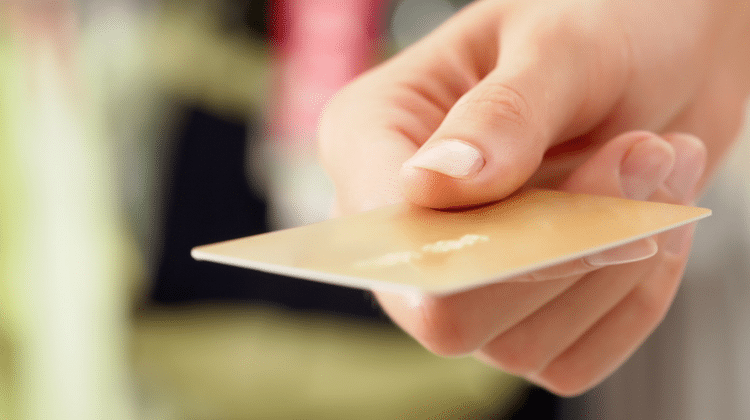
Sponsored by Redfin:
When you were in your teens, your parents might have given you their MasterCard to make a small purchase. Since it’s only plastic, you decided to sneak a few items in hoping that maybe it wouldn’t trigger any alarms. Unfortunately, your parents sat you down and asked how a $10 tank of gas ballooned to $150. And there was your first lesson in credit card debt.
While we have grown up with an education in smart budgeting, credit card debt can be easy to slip into. Life throws plenty of distractions from jobs, family, and other investments. Soon, you find history is repeating itself, and you’re not relying on your parents to back you up.
Falling into credit card debt is a call to action. You need to stay focused on your monthly payments and regulate your cash flow. You can also follow these simple tips.
Put The Card Down!
You already have enough on your plate. Don’t make a bigger mess.
Use other payment options to cover expenses. Budget your hard cash to use for small, everyday purchases. As long as you have enough in your bank account, you could try a debit card for larger purchases.
If you have a cash-back credit card, then you can use the savings towards your debt.
Snowball or Avalanche
Attacking debt head-on depends on how you face the situation. You could start from the smallest to the biggest or the biggest to the smallest.
“Snowballing” debt involves paying out manageable increments until the number lowers to an amount you pay off in one huge amount.
There’s also the “avalanche” method where you pay out the highest rate at first notice. This ensures a lower debt towards the end of a billing cycle.
Consolidation
Consolidation is a tricky, but very popular, method to pay off debt. One of which involves cashing in on any real estate investments that you own, such as any Jacksonville real estate or high priced Austin property.
Home equity loans involve borrowing a line of credit that is more than the current value of your property. Use that difference to pay off your credit card while covering your housing expenses. The downsides are that you may have to pay closing costs and will put your property at risk in the event of bankruptcy.
Instead, try a balance transfer to a second credit card with a lower interest rate. Just don’t incur new debts on the old card once the balance has been transferred.
Pay Often & More
Every new payment made to your bank account is like a key to your freedom. Allocate enough of those earnings to use toward your debt payments. Make early payments so you won’t have to settle a large bill every month.
Picture your debt as less of a vacuum cleaner and more like a piggy bank. The more often you pay into it, the less money you lose in the long run.
If you can handle it, why not make two monthly payments? Paying every week will mean a lower interest rate.